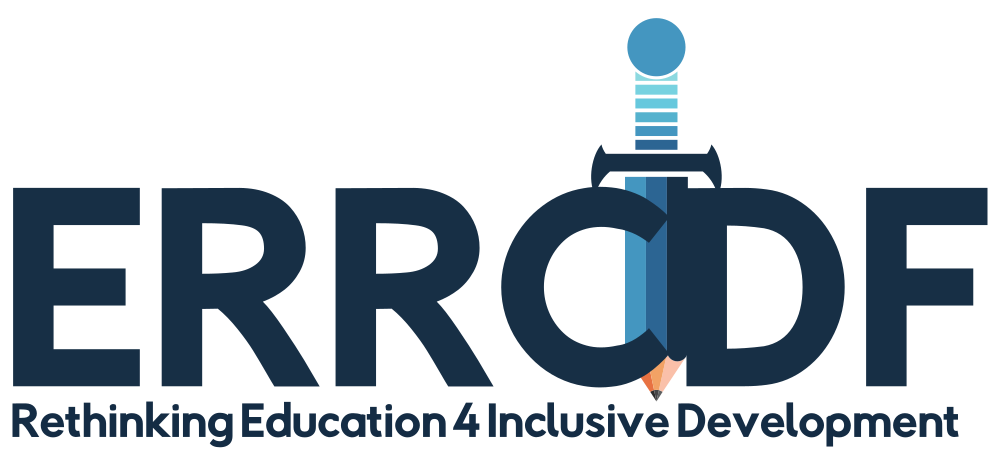Chapter 8: Modelling in classrooms
DOI:
https://doi.org/10.38140/obp1-2024-08Keywords:
Modelling, teaching strategy, procedureAbstract
Chapter 8, titled “Modelling in Classrooms,” presents the concept map for modelling in classrooms. It discusses various types of modelling, namely step-by-step, whole process, and sport modelling. On the one hand, these modelling techniques promote learner engagement, the internalisation of knowledge and skills, critical problem-solving thinking, curiosity, and enhanced psychomotor and cognitive abilities. On the other hand, they can be costly, may not be suitable for large mixed-ability classes, and are inappropriate when using dangerous tools and chemicals. The chapter outlines effective modelling techniques such as thorough preparation, arranging learners in a horseshoe formation, clearly stating objectives to learners before commencement, being inclusive, and allowing learners to replicate. It recommends that educators set specific, measurable, attainable, realistic, and time-framed (SMART) objectives, consider the safety of learners, and use precise instructional language. Additionally, it advises educators not to omit important steps in the modelling process and not to be exclusionary in the execution of the modelling strategy.
References
Basheer, A., Hugerat, M., Kortam, N., & Hofstein, A. (2017). The effectiveness of teachers' use of demonstrations for enhancing students' understanding of and attitudes to learning the oxidation-reduction concept. EURASIA Journal of Science, Mathematics and Technology Education, 13(3), 555-570.
Chingombe, S. I. (2013). The impact of demonstration method in the teaching and learning of hearing impaired children. Journal of Humanities and Social Sciences, 12(1), 48-54.
Damiani, I., Thoron, A., & Bunch, J. C. (2018). Utilising demonstrations in teaching, with an example demonstration of plant propagation via cuttings. IFAS Extension, 4(2018), 1-4.
Ramadan, N., & Surya, E. (2017). The implementation of demonstration method to increase students' ability in operating multiple numbers by using concrete objects. International Journal of Sciences: Basic and Applied Research, 34(2), 62-68.
Downloads
Published
Issue
Section
License
Copyright (c) 2024 Yellow Bako, Kemi Olukemi Adu, Ntombozuko Duku

This work is licensed under a Creative Commons Attribution 4.0 International License.









